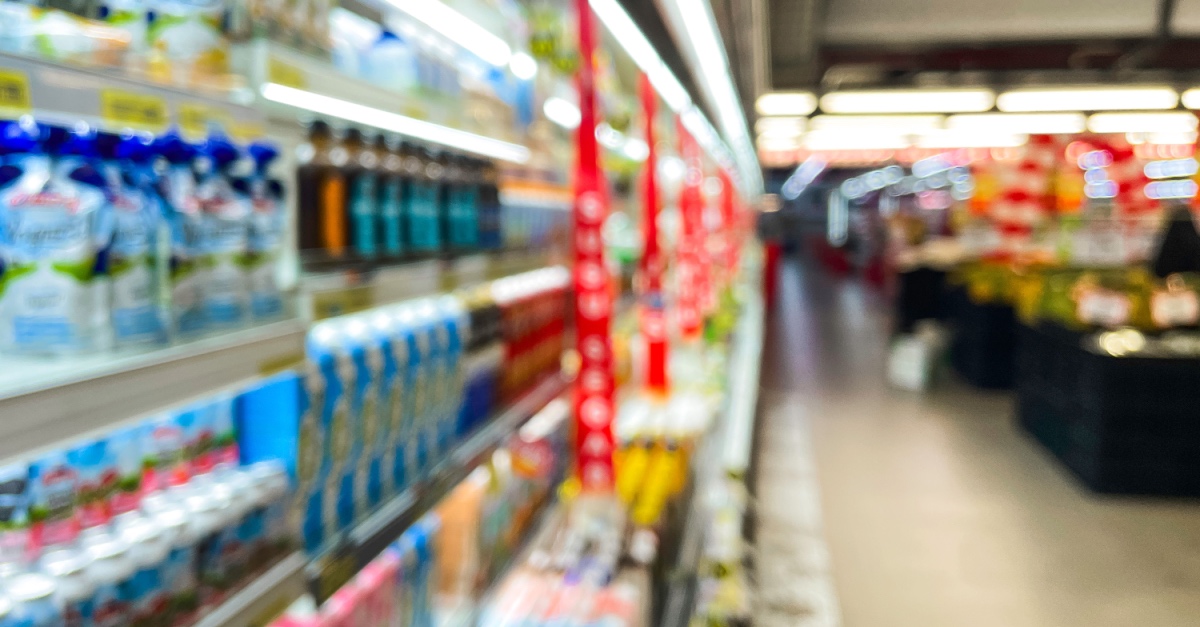
Consumer packaged goods (CPG) are essential to people across all segments of the economy, providing everyday necessities like food, beverages, and personal care products. Ensuring their availability is crucial to meeting consumer needs effectively. The onus here falls on CPG logistics stakeholders, who work to reach customers when and where they need them.
The CPG logistics industry is expected to hit $370 billion in 2032 and continue to grow beyond that. The real question is how to handle or navigate this industry’s future. That answer will ensure that more CPG companies can continue to meet the needs of their customers effectively and efficiently, especially considering market dynamics and current consumer trends.
No doubt, the CPG logistics industry is changing. More than ever, customers are demanding more than just accessibility to products. They want speed, customization, and an overall helpful customer experience. But what are the key trends shaping these:
Technology is the backbone of modern logistics, even within the CPG industry. The current digital transformation, which has impacted the entire world and changed the status quo, also has its tentacles deeply rooted in the CPG industry. This is a good thing because now, more shippers can successfully manage the increasingly complex supply chains in the CPG sector.
Tech solutions like automation, robotics, and predictive analytics are becoming essential tools for optimizing shipping operations. CPG logistics providers leveraging warehouse automation can reduce labor costs, while AI-driven insights allow for more accurate forecasting and real-time decision-making.
More than ever, consumers are concerned with the environmental impact of these products, and they want to be sure of the product’s entire life cycle and the company’s sustainability initiatives or strategies.
As a result, CPG companies are looking for innovative ways to run more sustainable logistics operations, including using electric vehicles for last-mile deliveries and investing in carbon-neutral warehouses.
Supply chains will continue to be exposed to disruptions. While conflicts in Europe and Asia have impacted global trade, the main challenge in the near future might be tariff wars. Building supply chain flexibility through diversification, strategic partnerships, and contingency planning is more crucial than ever.
Companies also invest in risk management technologies to predict potential disruptions and respond accordingly, ensuring they can meet customer demands even in uncertain times.
Although we know the trends shaping the future of CPG logistics, there is still much uncertainty about what exactly that future will be. However, there are strategies CPG logistics businesses and operations can leverage to navigate it properly. Some of these include:
The future of CPG logistics will be marked by agility. That means how quickly and efficiently a company can react to challenges such as fluctuating demand and supply, as well as waves of disruptions. Operational flexibility, such as shifting production to regional facilities, increasing stock of high-demand items, or adopting efficient inventory management models, can help businesses react quickly to changing conditions. The key to success is staying nimble and having the infrastructure to pivot as needed.
Collaboration is key in streamlining and optimizing the CPG logistics process because it allows the business in question to leverage its partners’ strengths, resources, and expertise. This is especially true in areas such as warehousing and transportation of CPG products. Partnering with a carrier or the right logistics provider allows seamless scalability, cost reduction, asset maximization, and enhanced efficiency across the entire CPG logistics operations. Furthermore, partnerships with technology providers can help businesses stay ahead of industry trends by integrating the latest logistics solutions.
As logistics operations become increasingly complex, data becomes more vital than ever, especially in the CPG industry. Take, for example, big data, AI, and machine learning. These solutions provide companies with insights (facts and figures) that can optimize various aspects of the CPG logistics process. This includes demand forecasting, routing, and carrier selection.
Businesses can streamline operations and reduce waste by basing decisions on real-time data, improving efficiency and customer satisfaction.
Rapid technological advancements shape the future of CPG logistics, but your business and logistics operations do not have to be left in the dark. With Zengistics, you can optimize and grow your business logistics efficiently. As a carrier or shipper, we provide end-to-end solutions to serve the CPG industry, including beverage logistics.
Gain complete transparency throughout your supply chain and connectivity into our established network or partners. We leverage the world’s first collaborative logistics platform, enabling shippers, carriers, and drivers to seamlessly connect and work together for faster, smarter results. Connect with us today.